According to a new study, the answer is “yes” to both:
Our study suggests a close and painful partnership between pornography and loneliness for some users. From our survey of over 1,000 individuals around the world, we developed a statistical model that suggests an association between pornography use and loneliness, each increasing in tandem with the other. Each incremental increase in loneliness was associated with an increase in pornography use (by a factor of 0.16), and each incremental increase in pornography use predicted a significant increase in loneliness (by a factor of 0.20). While the magnitude of effects was small, they were statistically significant. Interlocking partnerships like this are worrisome since they represent an entrapment template associated with addiction—where the consequences of coping with loneliness through pornography use only increase loneliness, potentially locking the two in a self-fueling cycle.
If loneliness can lead to pornography use, and pornography use may bring about or intensify loneliness, these circular linkages may create a vicious cycle, pulling the user even further from health-promoting relationship connections. In the cultural context of emotionally-disconnected sexual hookups scripted by pornography, loneliness may deepen and become increasingly painful, yet in response, pornography use may only intensify.
While the gender gap in pornography use is closing, men still use pornography more than women, and married persons use pornography less than single persons. The fact that pornography use decreases after marriage may hint at a link between pornography, relational success, and loneliness. Are those who use pornography less likely to achieve relational success and marry? Or does relational success in marriage remove the loneliness trigger for pornography use—or both?
How do porn and loneliness work in tandem?
Pornography triggers the sexual system, providing a physical “feel-good” experience overshadowing negative feelings. Sexual arousal and climax offer a quick “feel-good” fix. Pornography also expands the sexual system’s escape through creating sexual anticipation, bringing a person “under the influence” of sexual arousal for as long as they care to be before acting out.
Additionally, the sexual system is biologically and neurologically tied to a relationship experience. The human sexual system is carefully designed to support both conception and bonding. First, there’s the physical pleasure of arousal, intercourse, and climax—the engine designed to ensure offspring. Then, after climax, partners experience the brain’s “love” plan for pair bonding, when oxytocin (or what researchers refer to as the “cuddle chemical”) is released, producing feelings of comfort, connection, and closeness. In the context of a caring attachment relationship, this release and “after-play” support emotional bonding.
When pornography is used to trigger the sexual system, the biology of the sexual system produces a false relationship experience, offering temporary “relief” from lonely feelings, but soon enough, the user again faces a real-world relationship void. That emptiness may trigger loneliness. Additionally, porn invites the mental fantasy of a relationship experience. Thus, the mind fantasizes and biologically the sexual system tricks the brain into imagining it’s having a relationship experience and can thus mask loneliness—but only temporarily. In this way, pornography exploits the sexual system but only tricks the brain for a while. The user can’t escape the fact that when the experience is over, they’re still alone in an empty room. So, when sexual intoxication wears off, the experience may only end up excavating a deeper emptiness—a setup for a vicious cycle. We hypothesize that this experience could create the potential for getting trapped in the short-term, feel-good escape of pornography joined with long-term loneliness.
…Recent scholarship suggests that pornography’s sexual scripts of eroticism, objectification, promiscuity, and misogyny (domination) are, on their face, fundamentally anti-relationship and anti-attachment and “conceptually linked to loneliness.” Pornography promotes an understanding of sexuality and relationships that is corrosive to connection because it doesn’t promote people, only parts. Hence, in the most intimate of circumstances, actual intimacy is elusive—because pornography doesn’t support or advocate emotional connection and whole relationships.
…In the recent research conducted with my colleagues, we raise the possibility of pornography use compulsivity or addiction, pointing to how pornography use fits this entrapment template. The potentially habitual “fix” of pornography may consist in using it to relieve loneliness (or other troubling emotions). The sexual system’s combination of two very different rewards—intense sensual gratification during arousal and climax, followed by oxytocin’s relief and comfort during the resolution period—could be thought of like a combined cocaine-valium experience and “hook.”
Sex therapist and friend Mark Bird lists pornography addiction as one of “ways people try to cope ineffectively: [one of] the negative symptoms associated with connective disorders.”[ref]Mark Bird, In Tandem: Recovering Me, Recovering Us, pgs. 20-21.[/ref] The above research seems to back this claim.

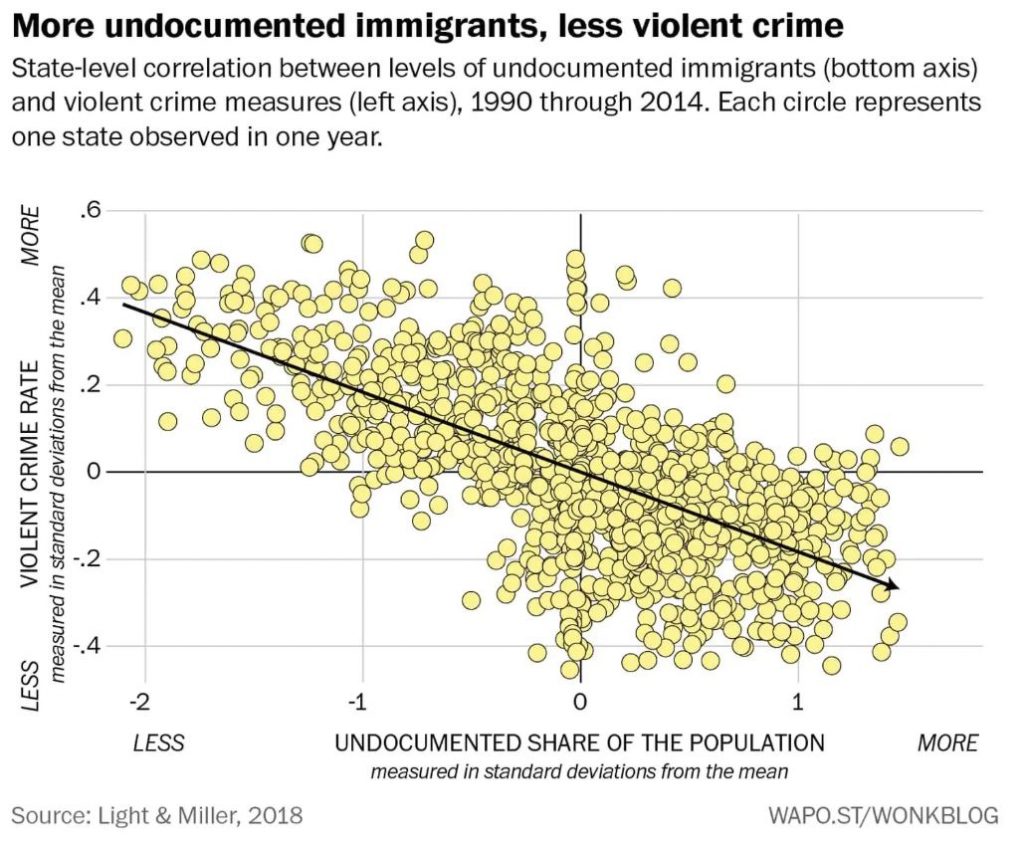
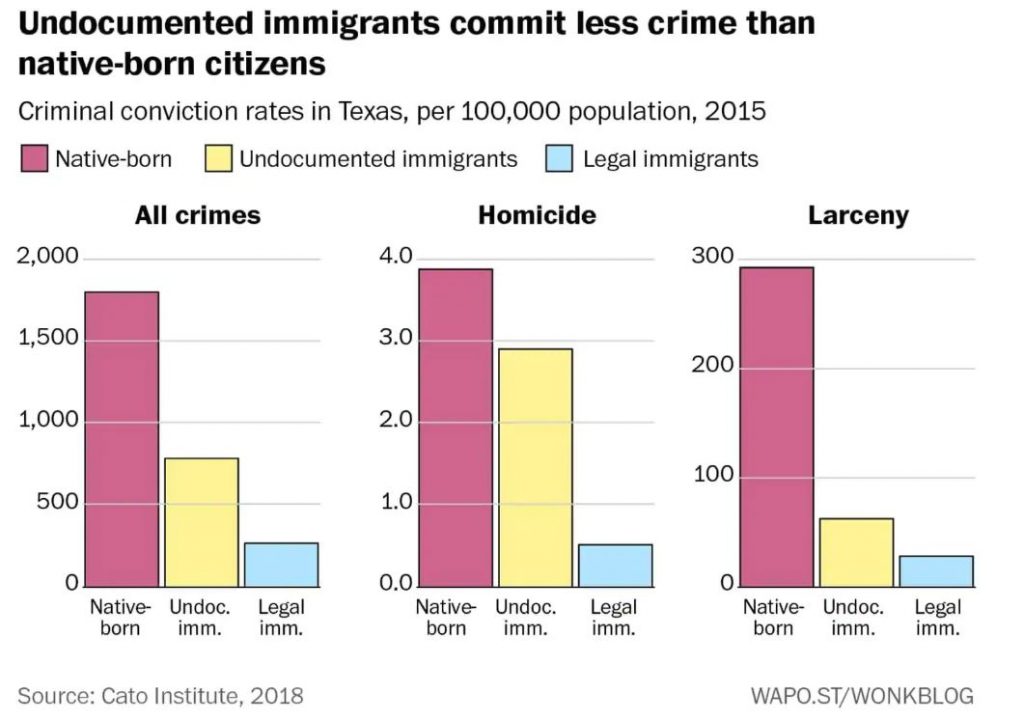
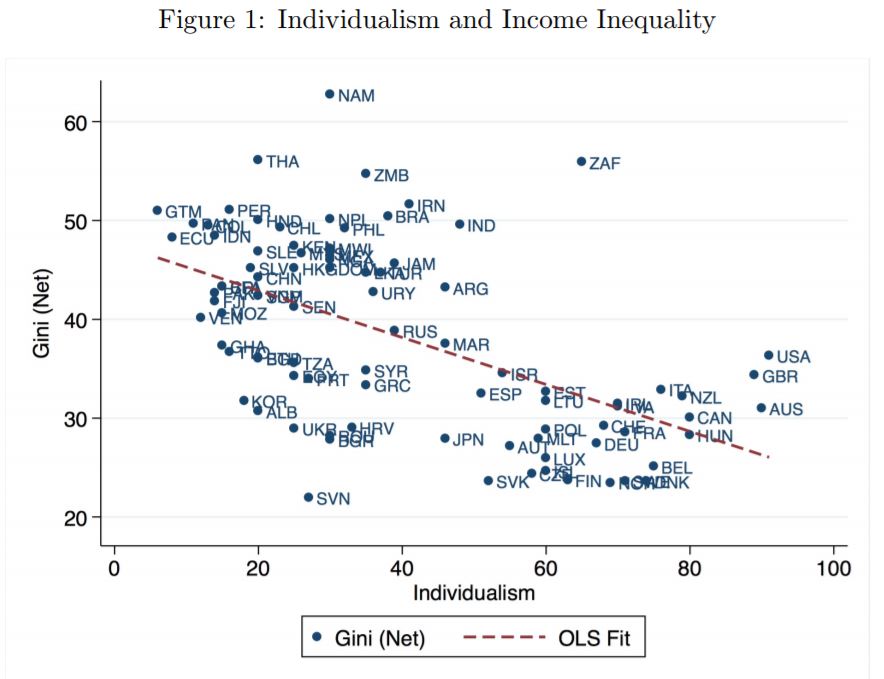


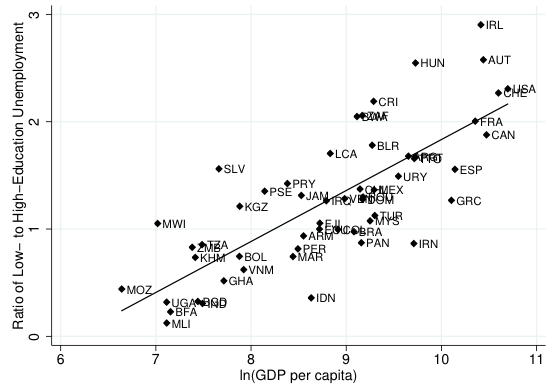
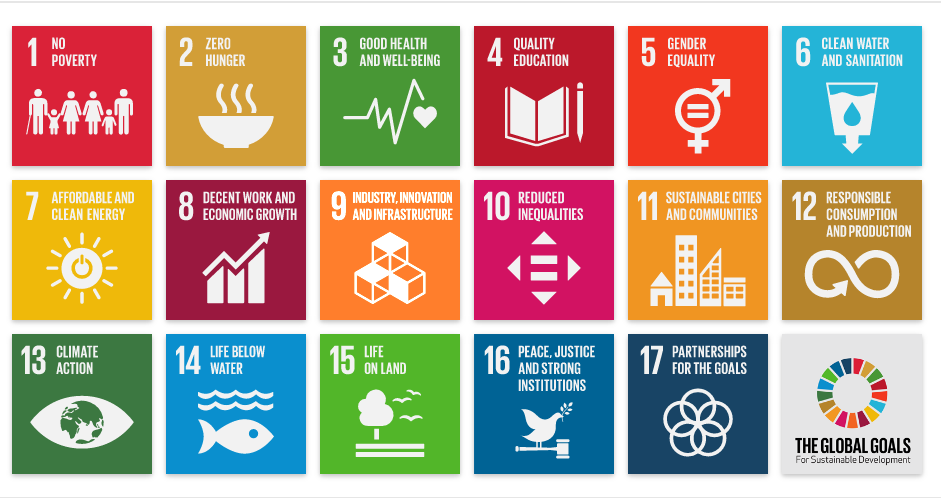
 According to Paul Reeve, “one of [the book’s] most significant contributions…is…its exploration and thorough documentation of the racial universalism inherent in the first two decades of Mormonism” (pg. 193). As Bringhurst explains, “Initially, however, the status of blacks did not differ from that of any other ethnic group. As objects for probable Mormon salvation, black people fell within the purview of Mormon universalism. The Book of Mormon proclaimed a basic desire to preach the Gospel among all peoples, blacks as well as whites. “All men are privileged the one like unto the other and none are forbidden” (2 Ne. 26:28). Joseph Smith expressed this same universalism throughout the Doctrine and Covenants. According to Smith, the voice of the Lord was “unto all men” and he was “no respecter of persons” (D&C 1:2, 38:16).3 As for the gospel, it was “free unto all” regardless of “nation, kindred, [or] tongue” (D&C 10:51).4 “All those who humble themselves before God” would “be received by baptism into his Church,” including the “heathen nations” (D&C 20:37, 45:54). The Mormon Prophet instructed missionaries to go “into all the world” and preach the gospel “unto every creature . . . both old and young, both bond and free” (D&C 43:20). Finally, the Mormon gathering to Zion would include the righteous from “every nation under heaven” brought together “from the ends of the earth” (D&C 45:69, 58:9, 45)” (pgs. 32-33).
According to Paul Reeve, “one of [the book’s] most significant contributions…is…its exploration and thorough documentation of the racial universalism inherent in the first two decades of Mormonism” (pg. 193). As Bringhurst explains, “Initially, however, the status of blacks did not differ from that of any other ethnic group. As objects for probable Mormon salvation, black people fell within the purview of Mormon universalism. The Book of Mormon proclaimed a basic desire to preach the Gospel among all peoples, blacks as well as whites. “All men are privileged the one like unto the other and none are forbidden” (2 Ne. 26:28). Joseph Smith expressed this same universalism throughout the Doctrine and Covenants. According to Smith, the voice of the Lord was “unto all men” and he was “no respecter of persons” (D&C 1:2, 38:16).3 As for the gospel, it was “free unto all” regardless of “nation, kindred, [or] tongue” (D&C 10:51).4 “All those who humble themselves before God” would “be received by baptism into his Church,” including the “heathen nations” (D&C 20:37, 45:54). The Mormon Prophet instructed missionaries to go “into all the world” and preach the gospel “unto every creature . . . both old and young, both bond and free” (D&C 43:20). Finally, the Mormon gathering to Zion would include the righteous from “every nation under heaven” brought together “from the ends of the earth” (D&C 45:69, 58:9, 45)” (pgs. 32-33). America should abolish prisons. Perhaps not all of them, but very close to it.
America should abolish prisons. Perhaps not all of them, but very close to it.